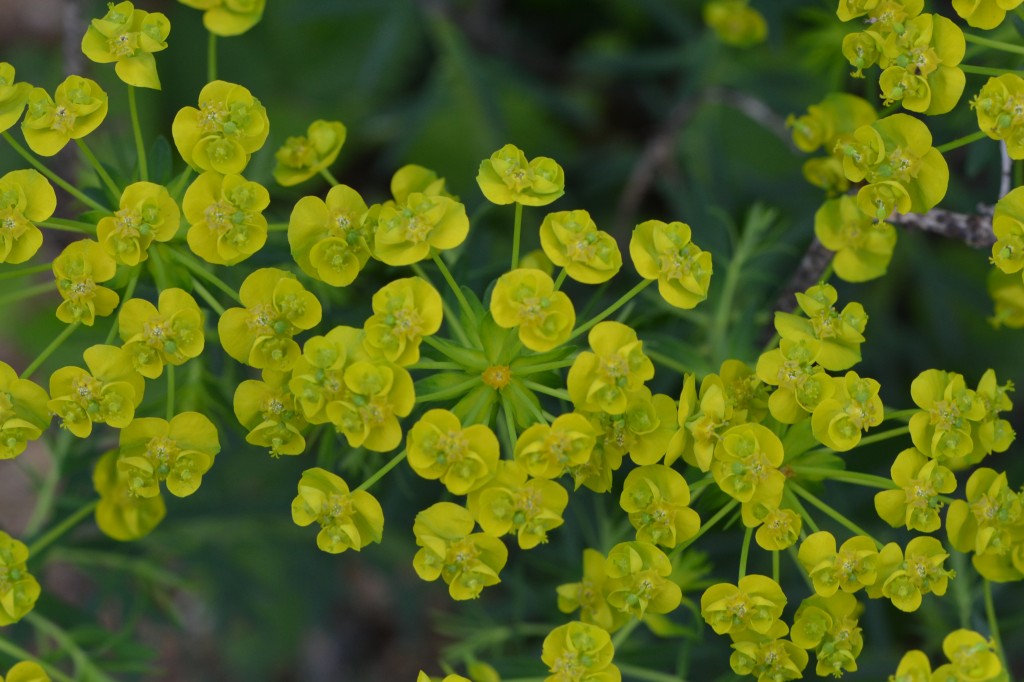There are miles and miles of highway on and off cape. Although those artificially created corridors are intended for human traffic, they are also occasionally used by wildlife and plantlife to get around. Granted, when it comes to wildlife it is more often a treshold, boundary and all too often, killing field. I put a lot of miles in, and spend a lot of time sitting around in traffic, which gives me a lot of time to observe those thin strips of what developers undoubtedly would consider a waste of space.
Why doesn’t Massachusetts manage these areas better, I wonder every time… Litter and waste is everywhere. Compare that to similar areas in the state of Maine or even New York, which offer a much wider variety of native plant life. I think our commonwealth displays the most unkempt highway system this side of the great lakes. (I don’t know much about the other states).
Besides needing a major cleanup, those areas are also displaying so much untapped potential. There are trees and shrubs there, and some of them are actual native species: bearberry is blooming this time of year, and the goldenrods of late summer will be in evidence when the grass turns golden yellow.
Unfortunately, much more common are the invasives that have found these strips of land easy prey for the taking. Cypress spurge, for example, is everywhere. This non-native plant looks pretty, of course, but Euphorbia cyparissias is also an agressive colonizer, using both seed and an unwieldy underground root system to force native plants into retreat mode. Why should we care? Besides displacing native vegetation, the species readily invades open disturbed areas such as fields, pastures, agricultural land, roadsides, and yards. Cypress spurge reduces the forage value of pastures (the plant is really affecting the western states because it is inedible to grazing cattle and horses and may cause death in those animals), and contaminates hayfields. Last but not least – it is toxic and can cause skin irritations in humans as well. Cypress spurge is native to Europe and western Asia. It was first introduced into the United States in 1860 as an ornamental.

cypress spurge Brewster roadside May 8 2011
I’d like to see our highway strips and berms managed better with the addition of a wider variety of native flowering perennials and shrubs. I know, that takes resources we supposedly don’t have, and our commonwealth has only the orange clad cons at their disposal, it seems. But after filling a few bags of trash they too call it a day, and the exhausted looking landscape seems unaltered. We’re just leaving it to the invasives. I am not holding out much hope that I will see more native plants and wildflowers during my commute, at least not anytime soon. Wouldn’t it be nice, though?
Now, here’s some more detailed information on cypress spurge:
| Scientific name: | Euphorbia cyparissias |
| Common name: | cypress spurge |
| Other name: | bonaparte’s crown, graveyard moss |
| Bloom time: | mid spring to early summer |
| Color: | yellowish green |
| Light requirements: | sun to partial shade |
| Zone: | 4 to 8 |
| Soil: | mildly acidic to mildly alkaline |
| Water: | N/A |
| Origin: | Europe – INVASIVE |
Leave a Reply